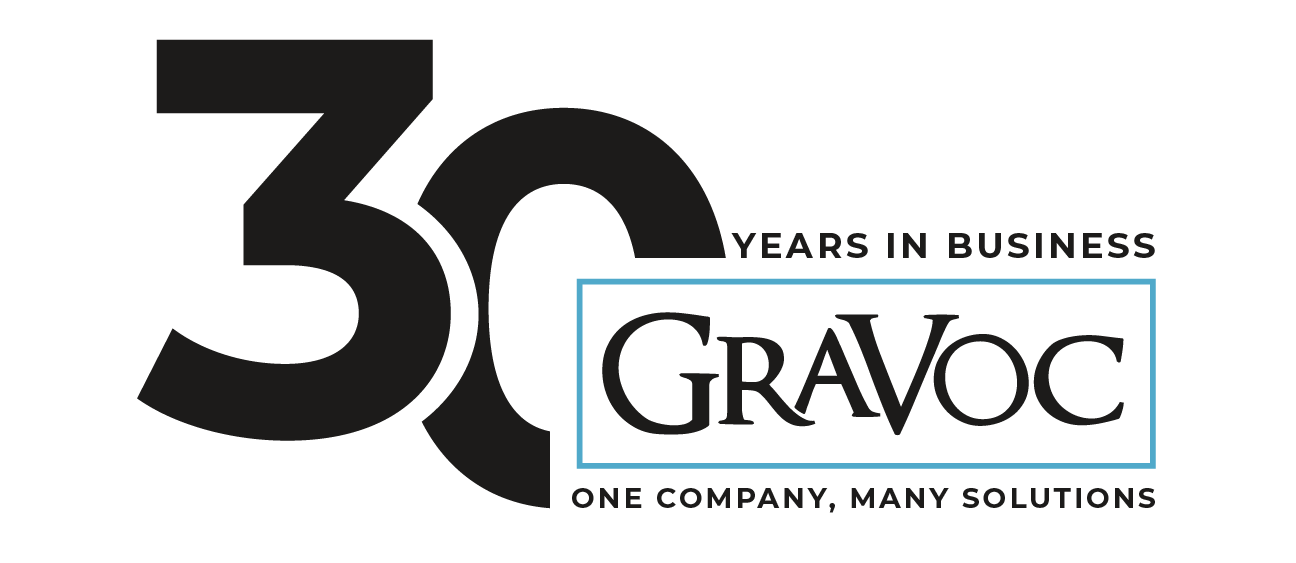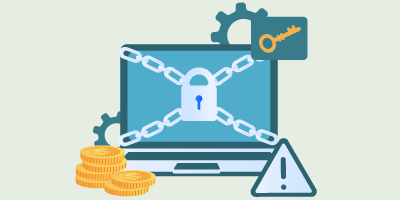The prominence of ransomware, a specific kind of malware, has been on the rise since roughly 2013. Lately however, it has become a major threat to businesses and private consumers. This particular kind of malicious software is generally downloaded to a machine by an end-user who clicked on an infected link. Once it has mounted on the user’s machine, it activates and encrypts all of the files on the device. The user then must pay a fee to release his or her files. Generally, if the user does not pay the hackers within a specified timeframe, all of the hacked user’s data will be deleted. A specific example of this is the $17,000 ransom paid by Hollywood Presbyterian Medical Center.
In this particular case, the hospital was without access to its sensitive electronic medical records system for 10 days. Though the source of the malware’s entry has not yet been discovered, there is a high likelihood that this was the result of a social engineering attack, where a hacker was able to send a phishing email to hospital employees and convince them to click a malicious link.
Related articles
Change Healthcare Attack: Ransomware Protection Measures for Healthcare Organizations
In light of the Change Healthcare attack, we explore why hackers target healthcare and how healthcare can defend against ransomware.
GraVoc Recognized on CRN MSP 500 List for Second Year in a Row
For the second year in a row, GraVoc has been recognized on the CRN® MSP 500 list in the Pioneer 250 category!
PCI SAQ Types: Which SAQ is Right for Your Business?
In this blog post, we provide an overview of the SAQ types for PCI DSS v4.0 and how to select a PCI SAQ that’s right for your business.




